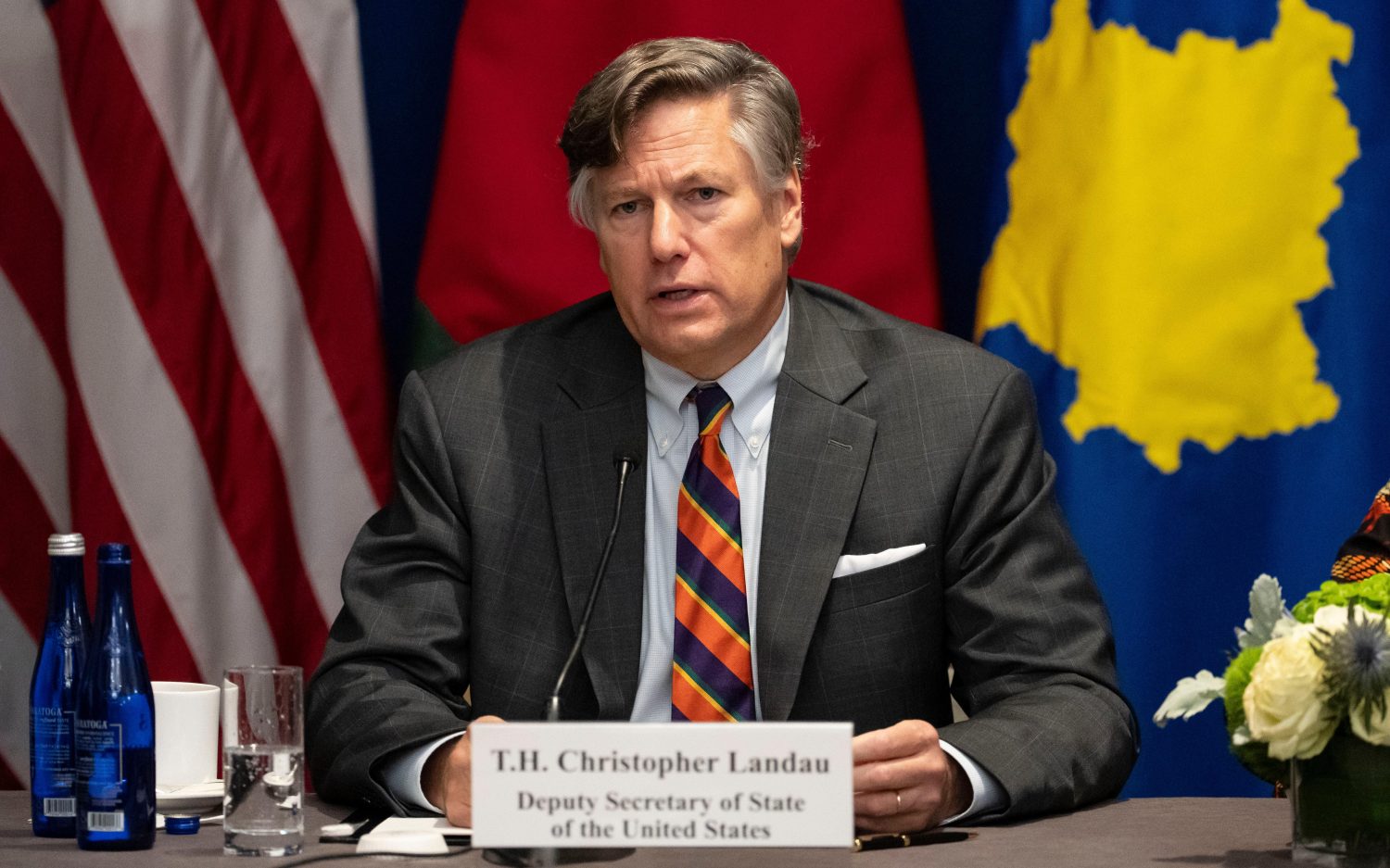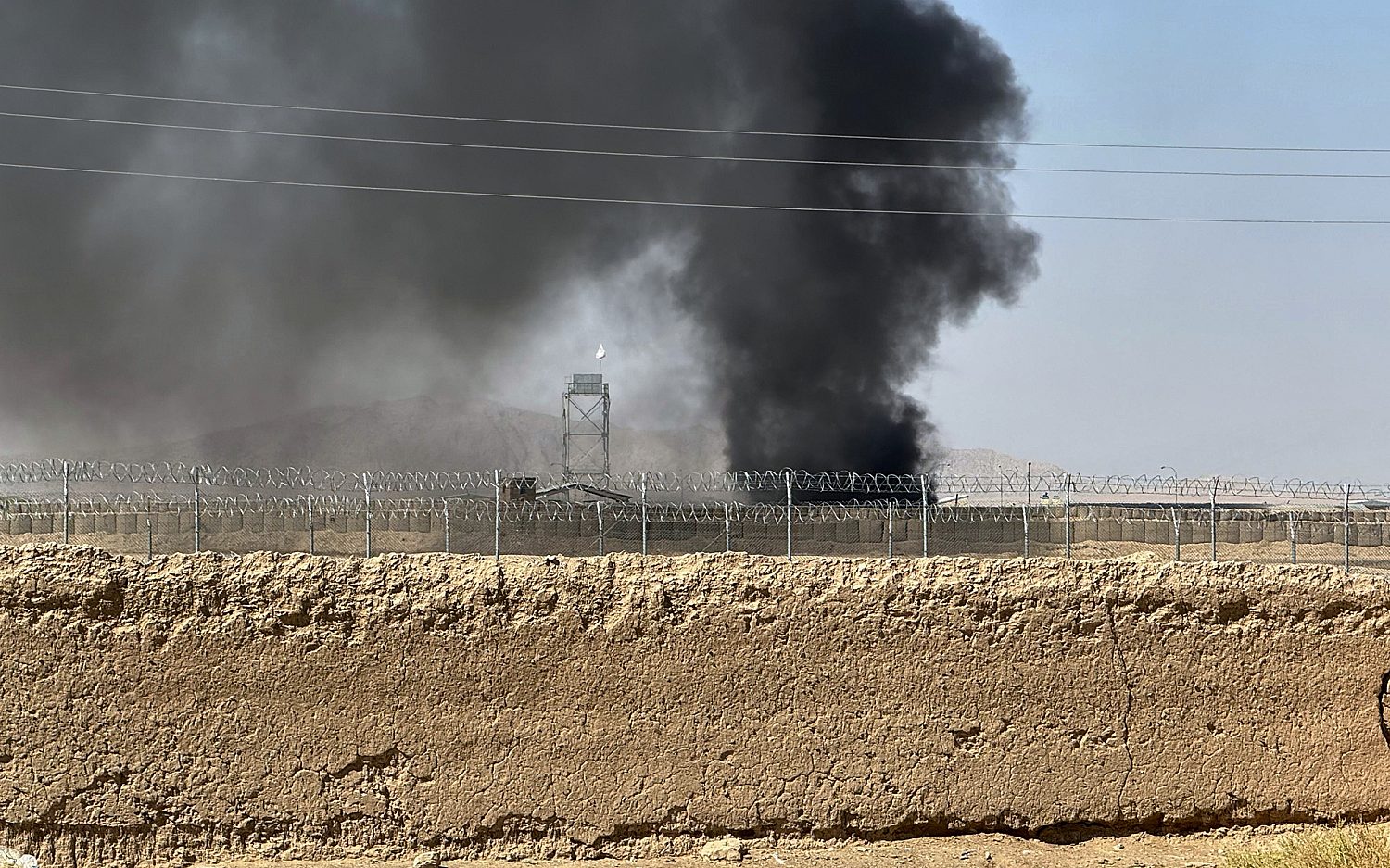The Obama administration's newsroom invasion
The Federal Communications Commission (FCC) has quietly been preparing an invasion of American newsrooms. The plan to inspect the media’s story selection process gained notoriety this week when an FCC commissioner wrote an op-ed column criticizing the plan in The Wall Street Journal.
The FCC insists the study is purely a fact-finding mission to help it “identify and understand the critical information needs … of the American public.” After the Journal ran the op-ed piece, the FCC backed down from the study, saying it will remove some of the more controversial aspects, which included interview questions for newsroom personnel about how they choose news stories.
But the study’s mere existence begs the question: Where does the government get the nerve to stick its nose in the business of the free press?
“The Obama administration has developed a formula of what it believes the free press should cover, and it is going to send government monitors into newsrooms across America to stand over the shoulders of the press as they make editorial decisions,” wrote Matthew Clark of the American Center for Law and Justice. Clark said the FCC study has the potential to turn into a targeting scheme like the Internal Revenue Service’s aggressive audits of conservative groups.
Parts of the study reach beyond the FCC’s regulatory purview, while others introduce a large amount of subjectivity. For example, the study includes an analysis of local newspapers, even though the FCC has no oversight of print media. The “quantitative analysis” of local news stories relies on human coders to categorize and make judgments about whether the content addresses a critical information need (CIN). The CINs are eight broad topics such as education, health, and transportation, which the FCC has designated as need-to-know information for the American public.
Then, in the most criticized part of the study, interviewers would ask news personnel questions such as “What is the news philosophy of the station?” and “Who decides which stories are covered?”
The study plan acknowledges that the interviews pose the “challenge of obtaining socially desirable answers to potentially sensitive questions.” It even notes that members of the media are not likely to welcome researchers and might give biased answers. The plan’s authors propose to tackle those difficulties by requesting interviews at all levels of an organization, from corporate bosses down to newsroom employees. And while the interviews are supposedly voluntary, Ajit Pai, the FCC commissioner who outed the study, notes that broadcasters might be scared to turn away representatives of the agency that licenses their stations.
With plenty of universities, think tanks, and non-profit organizations conducting boatloads of research on media content each year, why does the FCC need to send its own people to inspect newsrooms?
Pai suggests some people favor a return to the era of newsroom policing under the 1960s and 70s Fairness Doctrine. The Obama administration has already probed journalists’ phone records in its hunt for internal press leaks. The FCC study would give it eyes from inside the newsroom, too.
An actual newsletter worth subscribing to instead of just a collection of links. —Adam
Sign up to receive The Sift email newsletter each weekday morning for the latest headlines from WORLD’s breaking news team.





Please wait while we load the latest comments...
Comments
Please register, subscribe, or log in to comment on this article.